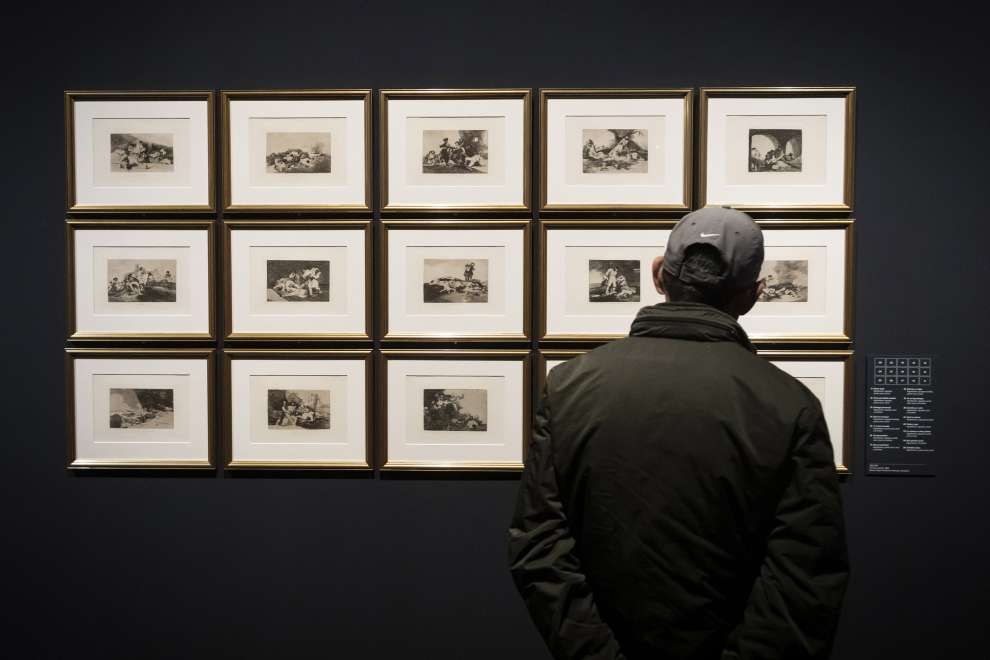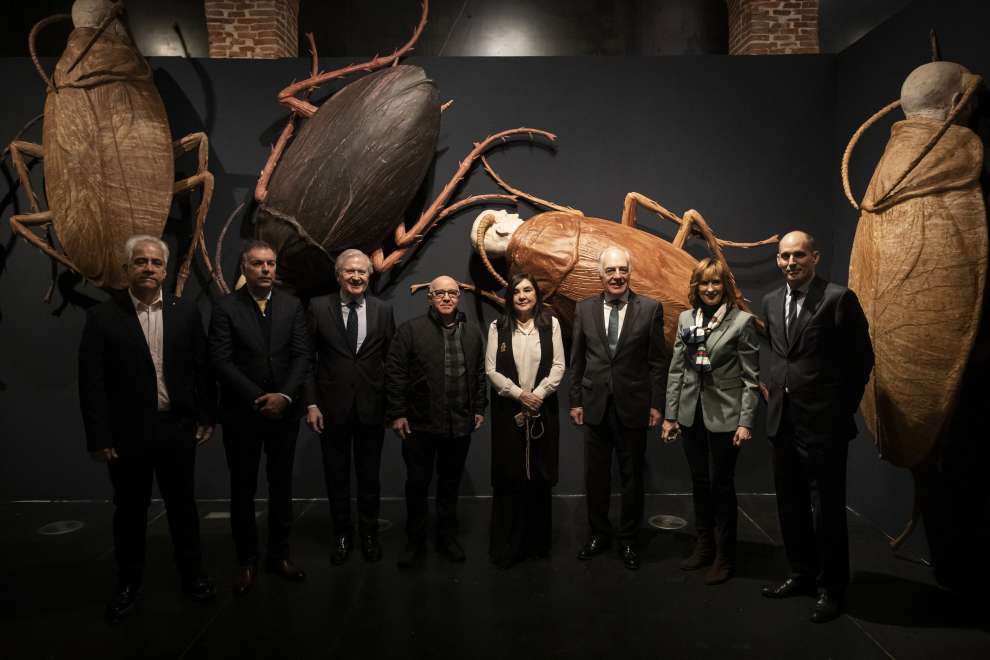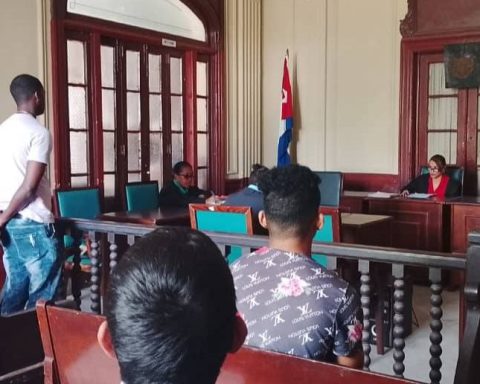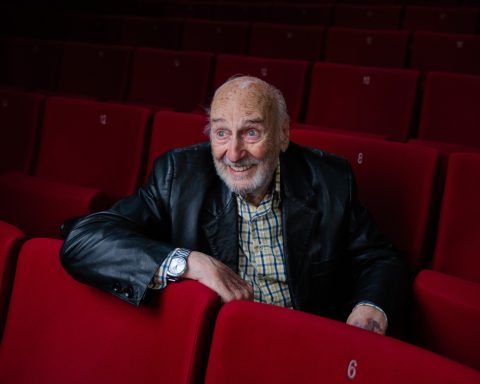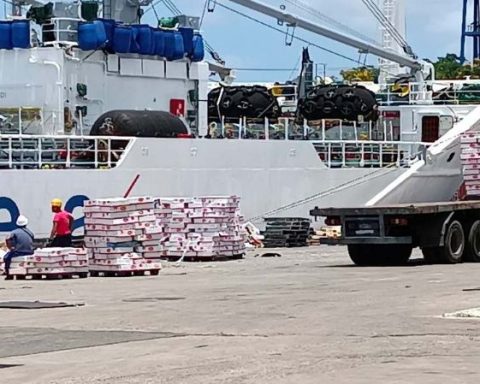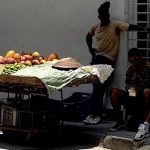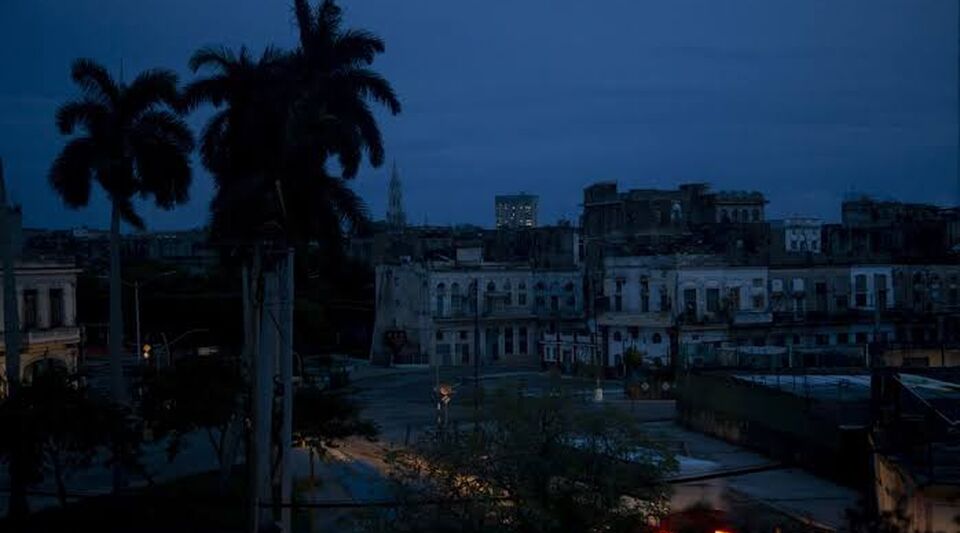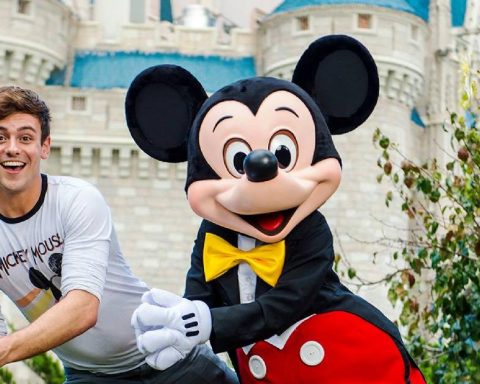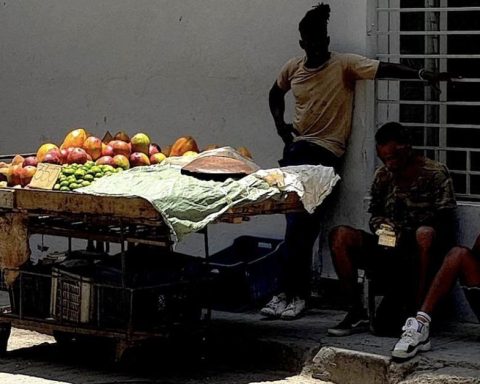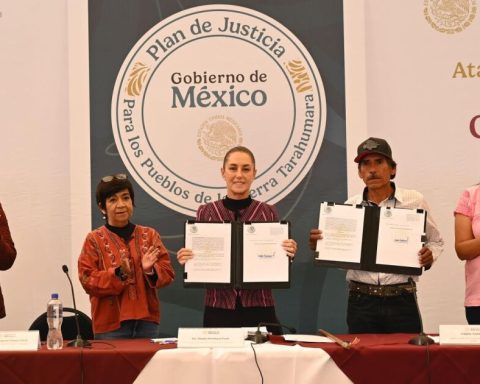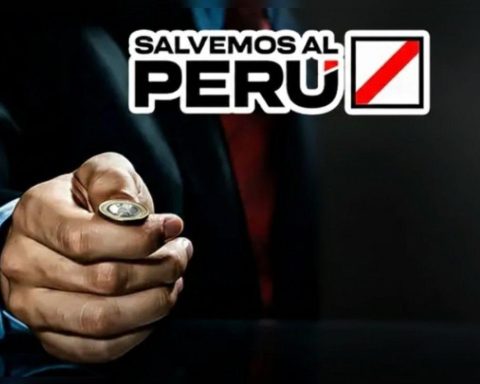Since February 16, the artistic exhibition is open at the Centro Conde Duque, Madrid. worlds. Goya and Fabelosponsored by the Ibercaja Foundation.
The exhibition, which can be seen until July 30, tries to promote a dialogue between the engravings of the series “Los caprichos” and “Los desastres de la guerra” by the Aragonese master, and pictorial works and two installations by the Cuban: “Leadership” and “Survivors.”
The first, made up of twenty-one life-size sculptures of rhinos; and the second, made up of several sculptures of gigantic cockroaches with human faces, perhaps a nod to Franz Kafka. Some of the colossal insects have jumped onto the Casa de América façade, to the surprise and delight of passers-by.
Roberto Fabelo (Guáimaro, Camagüey, 1950) is a more than established artist, with a presence in some of the most important museums in the world. This year Christie’s house auctioned the work of he Perrerío (2018; oil on canvas, 204 x 474 cm) at the Rockefeller Center in New York for the figure of $579,600, which constitutes a new sales record for the artist.
Initially known as an exceptional draftsman and engraver, Fabelo has ventured throughout his extensive career and with remarkable success, in addition, in painting, ceramics, installation and sculpture.
His very personal world, which is nourished by references of universal art, such as the works of Rembrandt and Hieronymus Bosch, conveys a large dose of grotesque and drama, two ingredients that, according to his sharp gaze, we find daily in the most immediate reality, and to which he gives a treatment not without beauty. The terrifying beauty.
Troubled by so many professional and social commitments derived from the recent inauguration of his Madrid expo, with a cold, but happy with the resonance that the event is having, we approached him at the wrong time for this brief exchange.
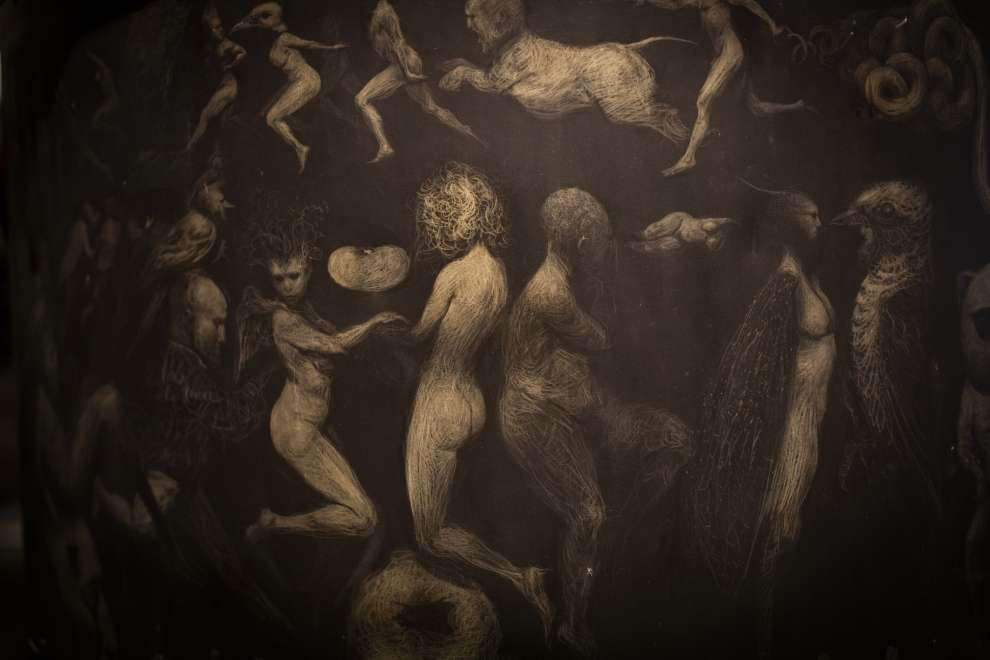
The curators of the show worlds. Goya and Fabelo They think they see many points of coincidence between your work and that of the Spanish master. How do you assume it, as concomitant influences or visions?
Many artists are influenced by Goya. The human drama and the tragedies that he perceived have survived in time to this day: the war, the deranged behavior, the frequent excess of power that tramples values and rights… In short, the acid and at the same time tender look of the Aragonese, with his humor and its obscurities, has not ceased to impact us. On the other hand, I feel indebted to his mastery in drawing. He was an essential graphic.
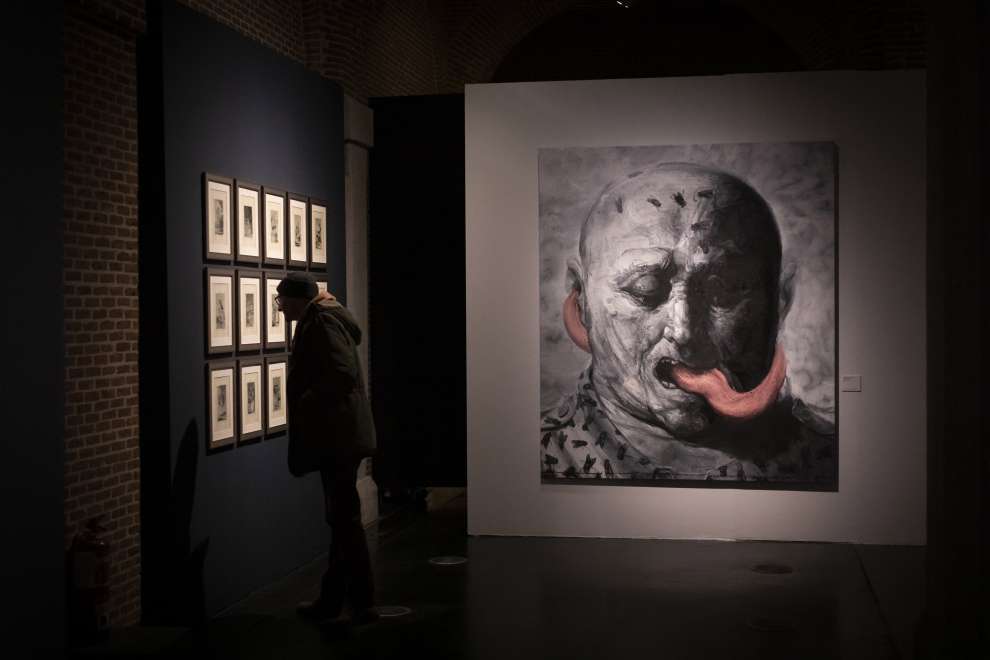
How does the dialogue between his exhibited work and yours take place?
From apprentice to teacher, reverence and irreverence at the same time. I can’t help but kneel down and thank everything he put in my eyes.
In terms of family, I feel like a putative son of Goya.
For me, Goya is a clear precursor of surrealism. Your work, always with a background of mystery, rejects strict rationality for the sake of fantastic compositions that border on the absurd. Is the imagination, at times delirious, of each one something that makes them related?
I like how you say it. At best it is so.
One distant night I dreamed that we were walking together along Obispo Boulevard in Havana. Him, in his clothes that were modern two and a half centuries ago. It was a vivid dream, which I can remember in detail. Passers-by looked at us strangely. Goya spoke to me and conducted me as he does with a child. Does this dream seem delusional to you? Maybe it is, but what dream isn’t?
As you can see, this moment in my career is prefigured there, when the public has the opportunity to see my work and Goya’s together. He emphasizes that I always go hand in hand with him.
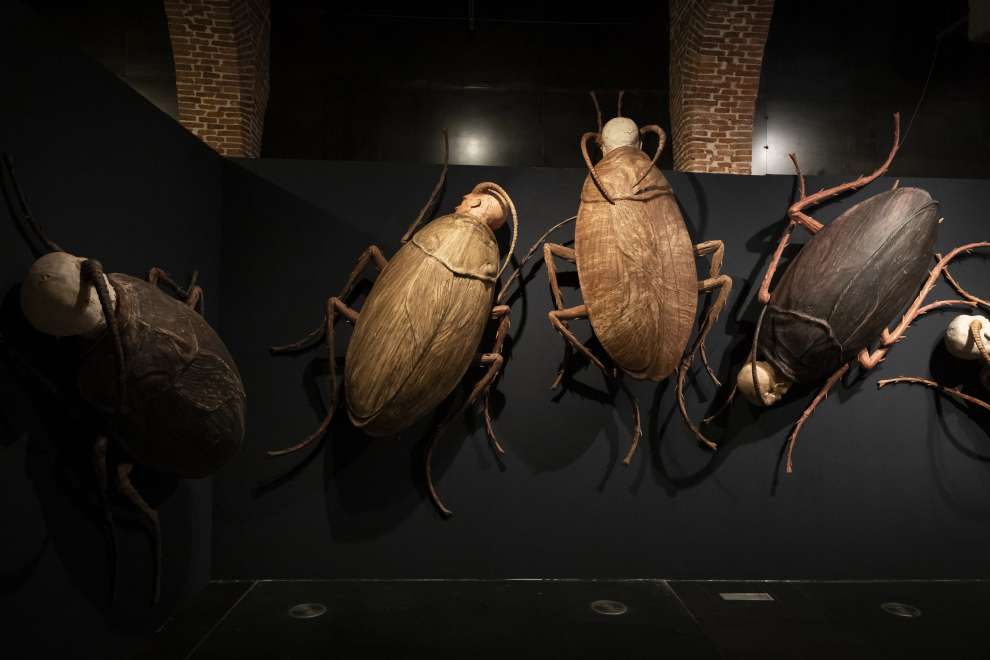
In the exhibition there is an installation called “Leadership”, made up of rhinos, an animal whose representation we immediately associate with Dürer. What is your personal reading of the work? Does it allude in any way to the ways in which modern society is structured?
The society that is called modern does not seem so much, no matter how much we pretend that it is. You need leadership. The title of the installation is nothing more than a provocative incitement to search.
The rhinoceros is a fabulous creature that has been stored in my memory since the first meeting with Dürer, as you say, but also through the treatment given to it by Dalí and many others. The rhino is strong and fragile, like the time in which we live.
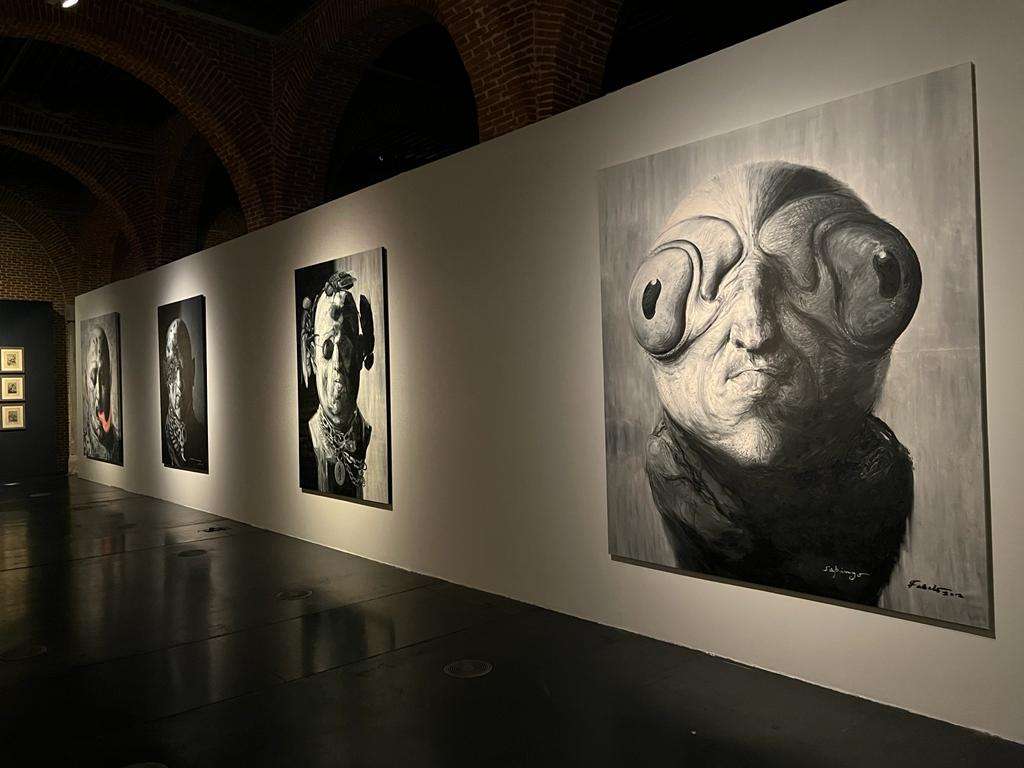
What’s up for the next few months?
During the Riverrun Festival, to be held between March 22 and April 22 of this year, I will exhibit an installation at the Kennedy Center in Washington DC. It is a herd of life-size rhinos united by gift ribbons, to remember the many gifts that nature gives us. I will also participate in an evening dedicated to Leonardo Da Vinci at the Eisenhower Theater, in the same Kennedy Center, with a large pictorial piece.
For the immediate, mediate and distant future, the same purpose as always: to continue drawing and painting like the graphomaniac that I am. Look, that is another feature that connects me with Goya, that he drew so much, so much, that he almost left nothing for those of us who came after.
